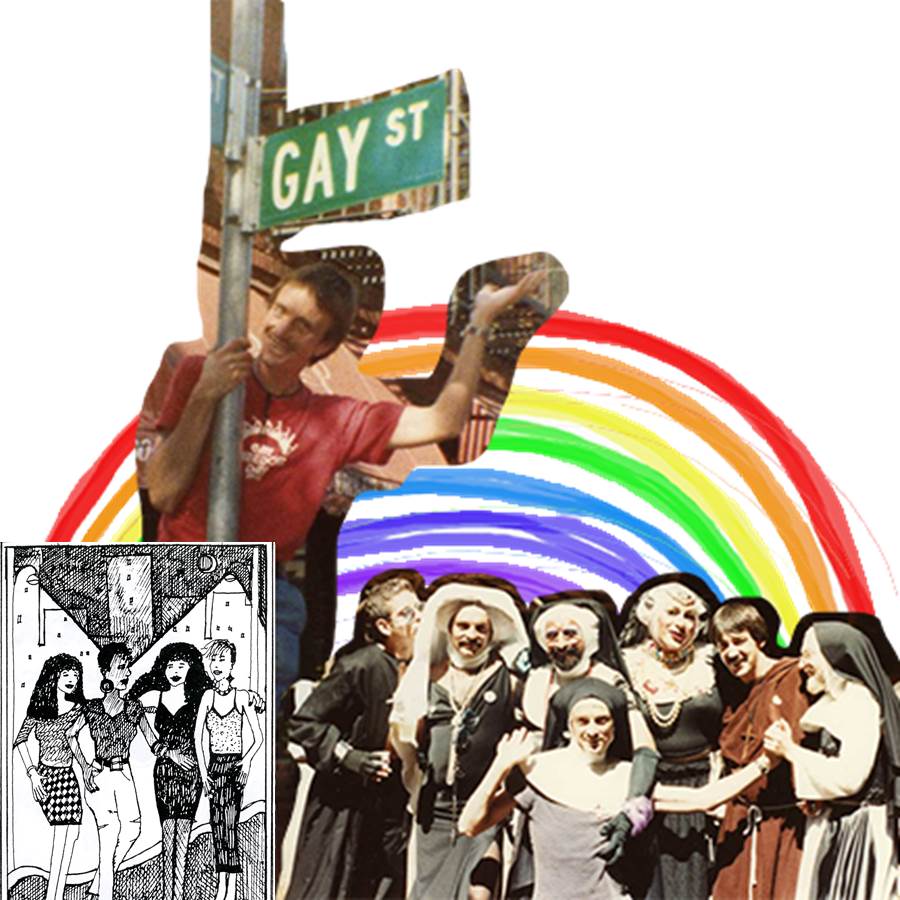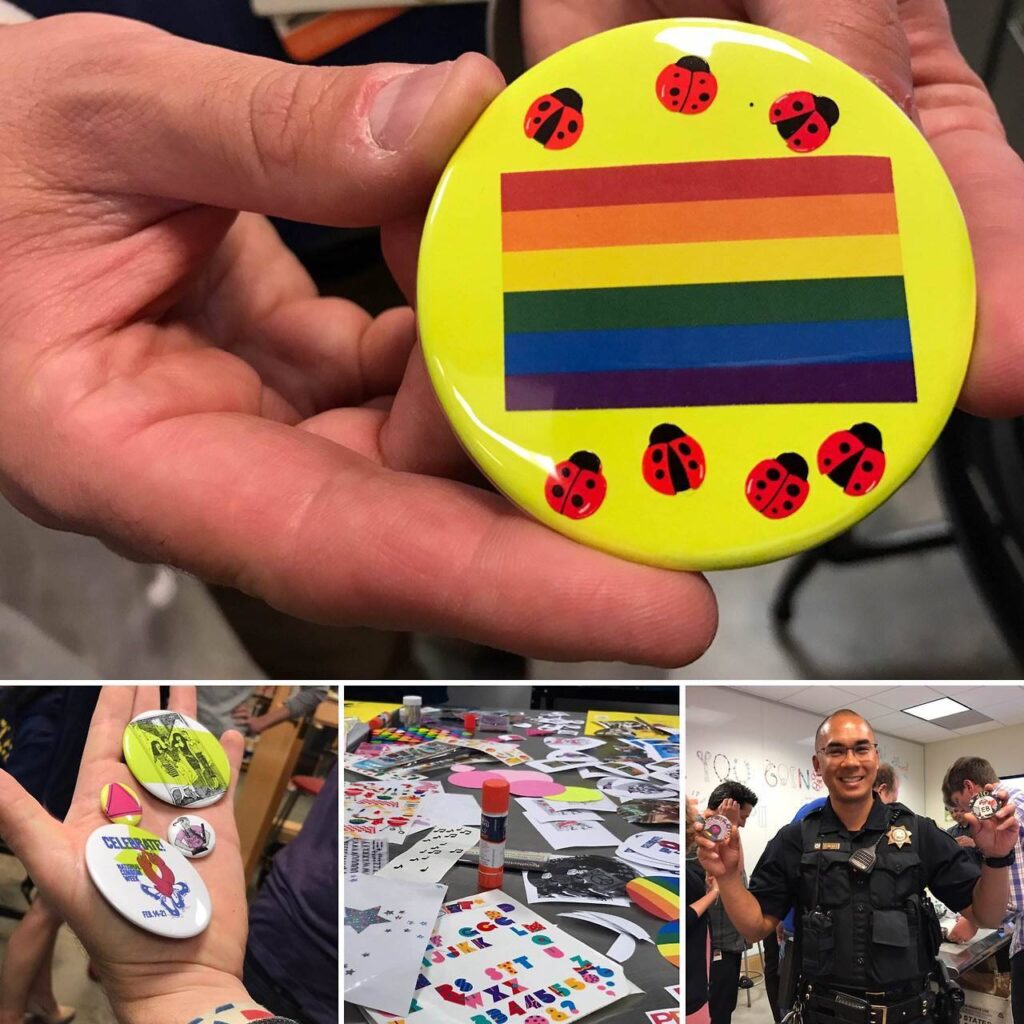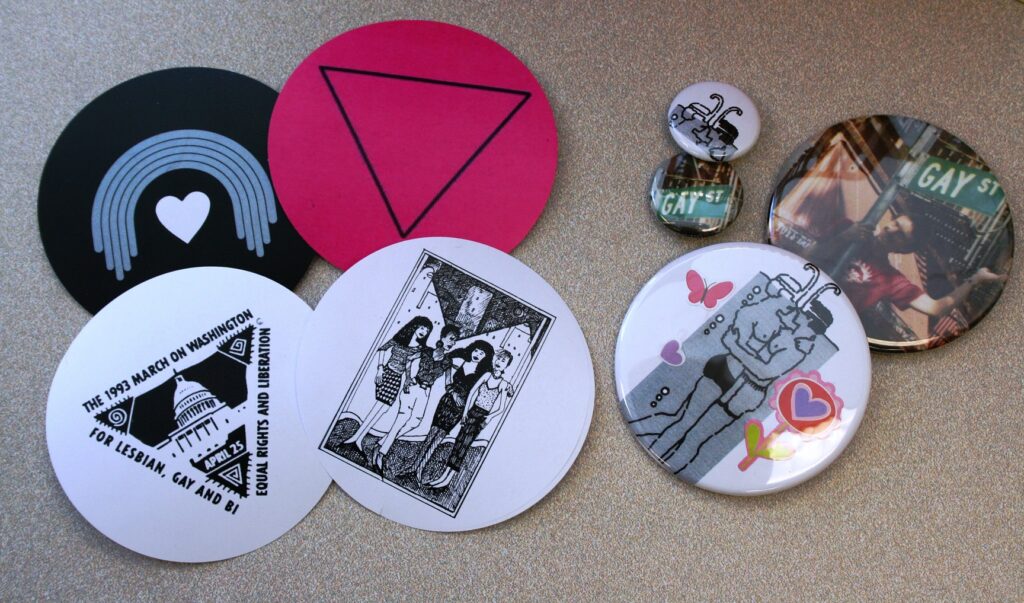This is an excerpt of a blog post written by Dylan Romero, UCSF Library Makers Lab Manager. Read the full article here.
When the Makers Lab opened in April 2016, we were eager to explore 3D printing applications for UCSF. We soon learned there are countless applications for this technology at a health science institution. Even better, there are some incredible applications for us right here in the UCSF Library, specifically for the Library’s Archives & Special Collections department and the Makers Lab…
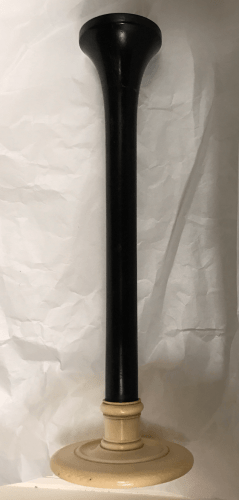
Stethoscope from A&SC Health Sciences Artifact Collection
I teamed up with Project Archivist (and Makers Lab volunteer) Kelsi Evans and began to search through the inventory of health science artifacts housed in the Archives. While reviewing the spreadsheet of over 900 items, Kelsi and I continued to find artifact after artifact that we knew had the potential to be recreated in the Makers Lab. Why recreate medical artifacts? Because many of these items are rare, old, and delicate, and must stay behind glass or be closely monitored in the Archives reading room. Why not recreate these artifacts to allow patrons to touch, feel, and interact with the material?
Unlocking the collection was our goal for the proof of concept project. Kelsi and I selected a stethoscope from the 1850’s, made of ebony and bone…
Archives & Special Collections was kind enough to loan the stethoscope to the Makers Lab for the project and I got right to work digitizing the instrument. I began by 3D scanning the stethoscope using the Matter & Form 3D scanner in the Makers Lab.
As you can see in the picture of the original stethoscope, the top potion is black, which unfortunately does not scan well with the 3D scanner. Not a problem, I moved on to modeling the stethoscope using the free, web-based software, Tinkercad. I spent the large majority of my time working in Tinkercad, trying to get the 3D model just right. There is still room for improvement, but the model was good enough for our proof of concept and I was ready to 3D print.
Continue reading the article on UCSF Library’s News page and discover how the printing turned out!
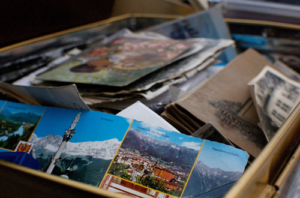 Join us on June 20th from 12-2pm in the UCSF Library Makers Lab for Do-It-Yourself Archiving! The UCSF Archives staff will provide supplies and instruction on how to preserve and organize your personal records. Participants are encouraged to bring in material they want to archive, like photograph albums, childhood drawings, early writings or research, even love letters! The UCSF Digital Archivist will also be on hand to provide tips on managing your personal digital archive.
Join us on June 20th from 12-2pm in the UCSF Library Makers Lab for Do-It-Yourself Archiving! The UCSF Archives staff will provide supplies and instruction on how to preserve and organize your personal records. Participants are encouraged to bring in material they want to archive, like photograph albums, childhood drawings, early writings or research, even love letters! The UCSF Digital Archivist will also be on hand to provide tips on managing your personal digital archive.


